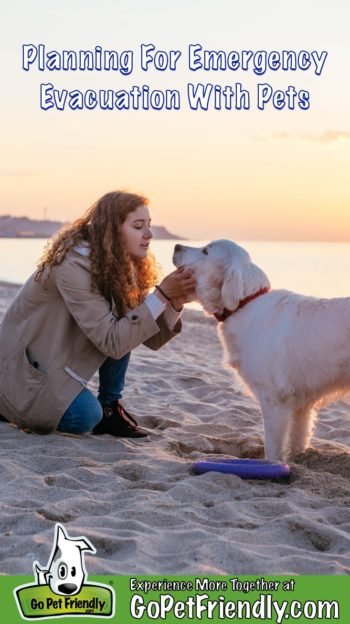Preparing for an emergency evacuation requires additional planning when your family includes pets. If you take the time now, make sure you and your furry loved ones have what they need when they get uprooted.
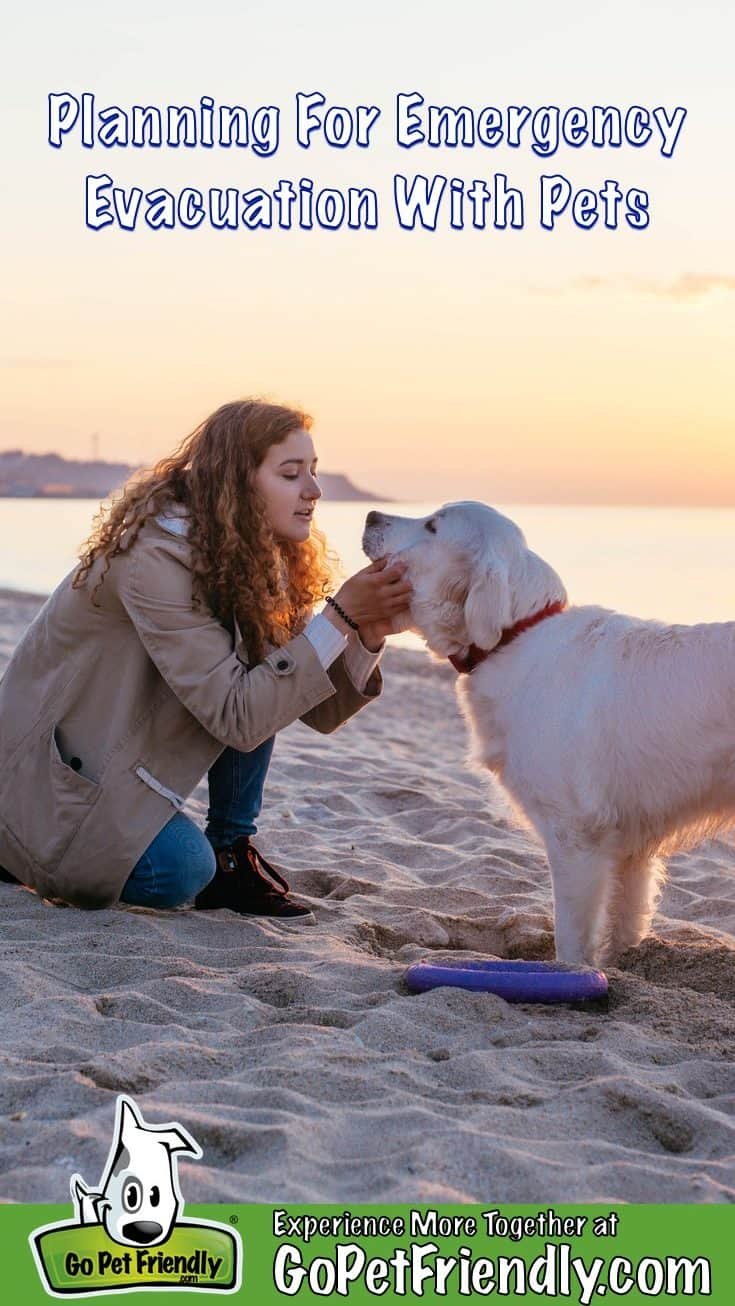
Evacuations happen for all sorts of reasons. Hurricanes, floods, wildfires, train derailments and industrial accidents can force you to leave your home at short notice. Being prepared is important. And an emergency evacuation plan is even more important when you have pets. Follow these steps to implement your plan today!
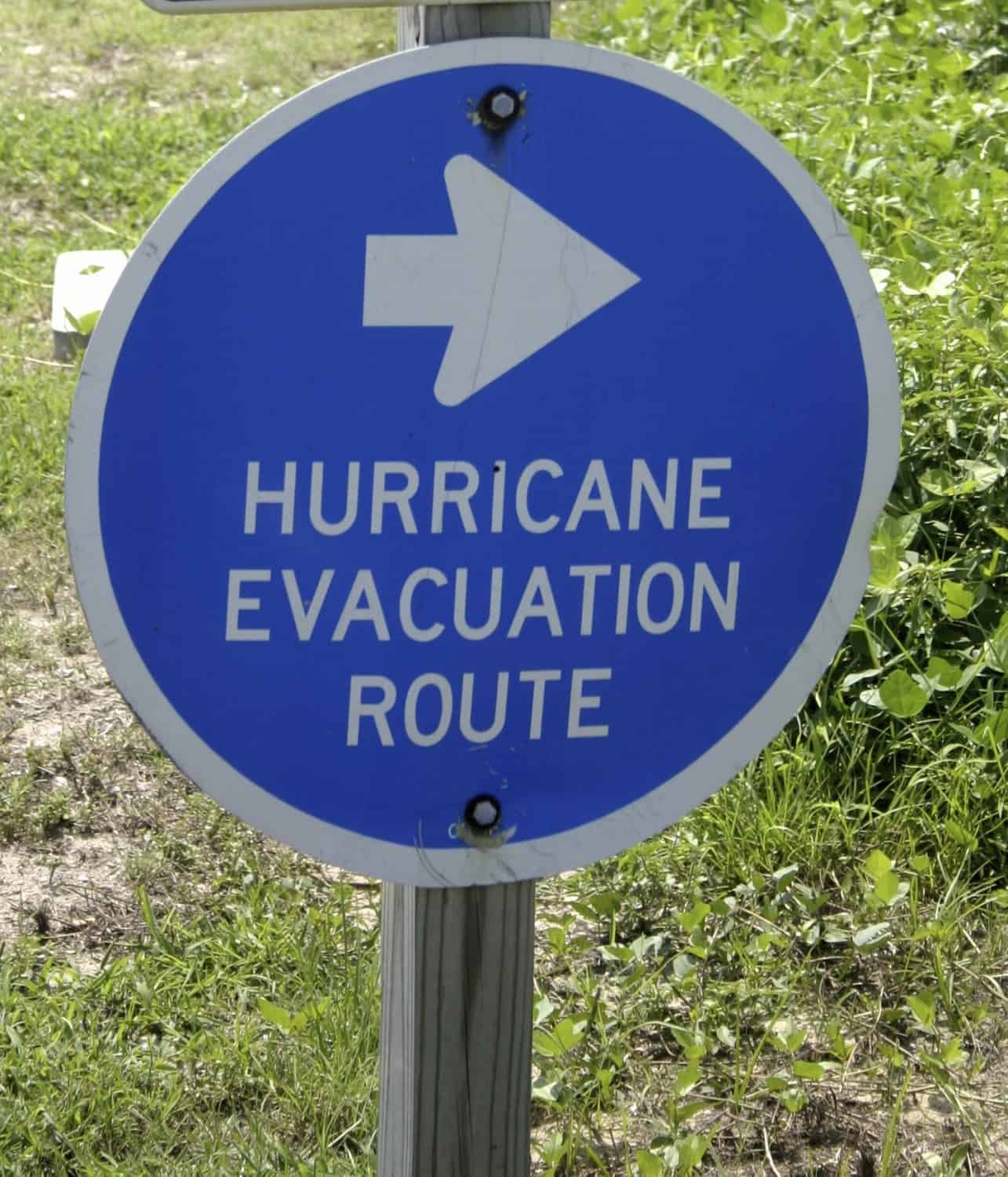
Create an emergency evacuation plan that takes your pet’s needs into account
Pre-pack your pet’s go-bag
During an emergency evacuation, you may have very little time to pack for yourself and your pets! Many people have packed a “go bag” for the people in the family. To avoid forgetting the most important things your pet needs, it’s important to prepack their emergency kit as well. Here are the things you need:
- food and water for a week. Pack your pet’s food in a waterproof, resealable container. Then set a calendar reminder to swap out groceries every three months to keep them fresh. Add light food and water bowls and don’t forget a can opener if your pet eats canned food.
- medication for a week. Medications should also be packaged in a waterproof, resealable container and changed every three months. If your pet’s medication needs to be refrigerated, pack a small cooler with a note reminding them to get the medication from the fridge and some ice packs from the freezer.
- Proof of vaccination and ownership. Shelters may not accept stamps for proof of vaccination, so bring a copy of your pet’s most recent vaccination card. If you and your pet should be separated, you will also need a photo to create posters. And if your pet is found, you may need proof of ownership (such as a microchip number) to claim it. Store all three in a sealed, waterproof bag.
- First aid kit.
READ MORE ⇒ Make a pet first aid kit for your car
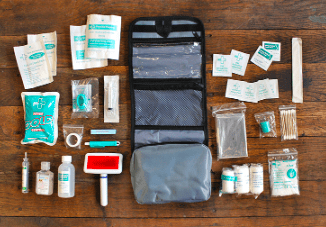
- An additional collar with dog tag and a leash. Your pet likely has an ID tag, but if cellular service is down or you can’t reach you on your home phone number, they may not have the best contact information for you. Stick a blank label on the back of an ID tag and place it in your emergency kit along with a permanent pen. This way you can write your temporary information on it and attach it to your pet’s collar.
- A muzzle. Some shelters only allow muzzled dogs. Your dog will be more comfortable if he is accustomed to wearing a muzzle in advance. Pack a soft muzzle that you can easily put on your pup if needed. And update his training every three months as you change his food and meds.
- A familiar toy, blanket or bed. An evacuation is stressful for everyone. Having a few comforts of home will help alleviate any anxiety your pet may be feeling.
- A kennel or porter. If you plan to take your pet to an emergency shelter or hotel, make sure you have a carrier or kennel with you. Some shelters require pets to be confined, and hotels may also require a stretcher or kennel if you must leave your pet in the room unattended.
- Garbage bags and/or a litter box with litter.
READ MORE ⇒ Tips for solo travelers with pets
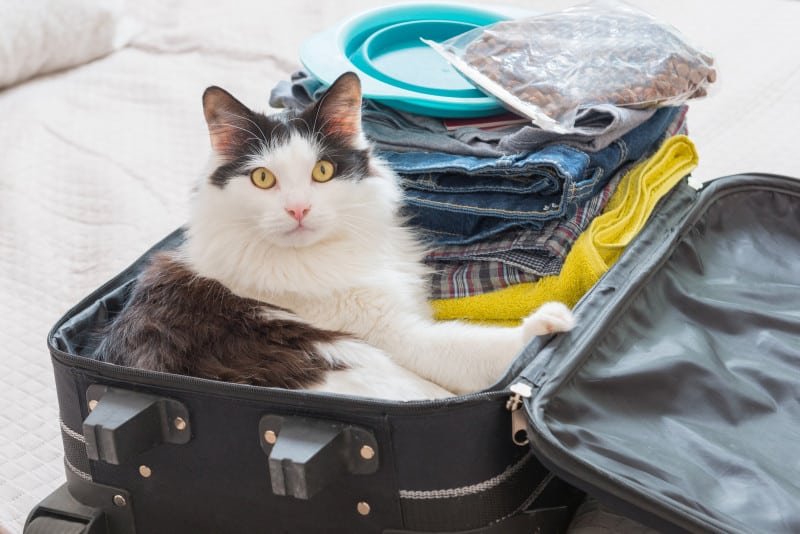
Find a pet-friendly place to go
The second step in preparing for an emergency pet evacuation is figuring out where you are going. Not all shelters allow pets, and those that do may have strict policies. Familiarize yourself with your community’s evacuation facilities and policies so you know your options.
If your local shelter does not accept pets, follow the additional steps below to plan for your family’s safe evacuation.
Plan multiple evacuation routes
Dangerous weather and possible road closures can affect your planned escape route, so set two or three possible targets. Then search for pet-friendly accommodations in each city.
Choose your accommodations
If you are planning to stay with family or friends, call and ask if your pet is welcome too. Then refresh your memory on how to be a considerate guest when traveling with pets.
If you plan to stay in a hotel or campground, use a site like GoPetFriendly to find the best options. Don’t forget to ask about breed and weight restrictions and additional pet fees. When you make your selection, print out the name, address, phone number, and directions to each location and keep them in your emergency kit.
READ MORE ⇒ Pet policies for all US hotel chains

It takes time to prepare for an emergency evacuation with pets. But it’s an investment that will save you a lot of stress and heartache when the need arises. And creating a plan that takes into account both your needs and your pets keeps everyone safe!
(Visited 2,281 times, 1 visit today)

